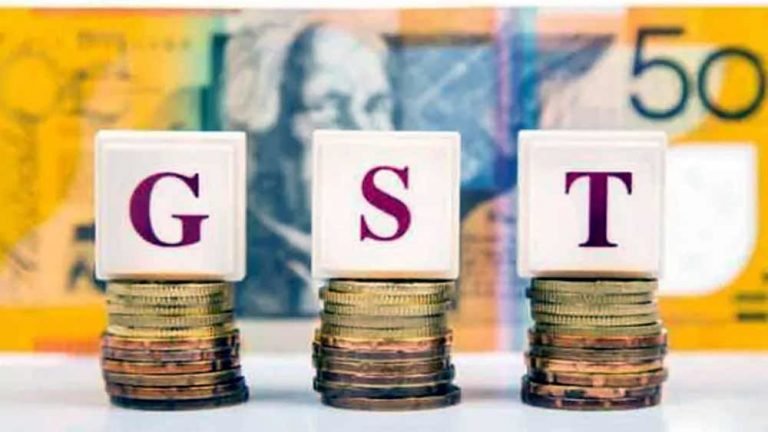With implementation of the Goods and Service Tax in 2017, the Indian government promoted a unified structure. It replaced several indirect taxes such as octroi, VAT and central excise duty. This comprehensive system desires to eliminate corruption and establish a transparent taxation policy.
Today, the easy accessibility of the GST calculator online has made the process of calculating the actual tax liability simpler. Taxpayers can now know about the tax levied at different points for goods and services falling under this singular taxation regimen.
Essentials to know while calculating GST
- A taxpayer must consider every aspect as well as provision like exempted supplies and reverse charge. Additionally, the inter-state sales must also be accounted for before calculating the amount payable.
- In case you pay a lesser amount, you incur an additional interest of 18% on the shortfall. Therefore, calculating the actual amount of GST payable proves vital.
- The GST on output and inward supplies and reverse charge are added up for this calculation. In addition, the electronic cash and credit ledger’s opening balance is also considered to arrive at the final GST liability for the month.
- Every taxpayer has to know about the GST rate applicable to his case. The different slabs are 5%, 12%, 18% and 28%.
What is the purpose of a GST calculator?
This GST calculator helps you find either the gross or net product price on percentage-based GST rates. It is time-saving and lessens the chance of common mistakes that many do while computing the total price of goods and services.
Use this calculator with the help of the following steps –
- Enter the net price of a good or a service along with the GST slabs as mentioned above into the tool.
- Click on the ‘calculate’ button and know the final price of the goods or services.
The formula for GST calculation is as follows –
In case of GST added
- GST amount = (Actual price * GST %) /100
- Net Price = Actual Price + GST amount
In case of GST removed –
- GST amount = Actual price – [Actual price * {100/ (100 + GST %)}]
- Net price= Actual price – GST amount
For example –
Suppose a goods/service gets sold at Rs. 2,000 and the GST rate for it is 18%. Here, the net price calculated shall be:
2,000 + {2,000* (18/100)} = 2,000 + 180. This equals to Rs.2,180.
GST’s impact on product pricing
Goods and Services Tax is levied by the Central and State Government as CGST (central) and SGST (state). For all intrastate transactions, a seller will collect CGST as well as SGST from a buyer that shall get paid to the Central & State Government.
For example:
Suppose a product is sold from Pune to Jaipur at Rs. 1,100. It incurs a profit of Rs. 1,000 and has a selling price of Rs. 2,100. The IGSTi taken @ 10% = Rs. 110. Here the total product cost comes at Rs. 2,210.
Business sectors are positively impacted by GST
GST has impacted business sectors especially the SMEs, via a more streamlined them from abiding various tax regulation for all documentations. Further, they are required to pay a lower tax slab of 18-22% as of now.
With substantial funds now at hand, the borrowers can now fuel his business growth with an SME loan as an efficient financing solution. They can also complete the process of applying for GST in the official governmental portal with ease to update their existing setup with this new taxation regime.




